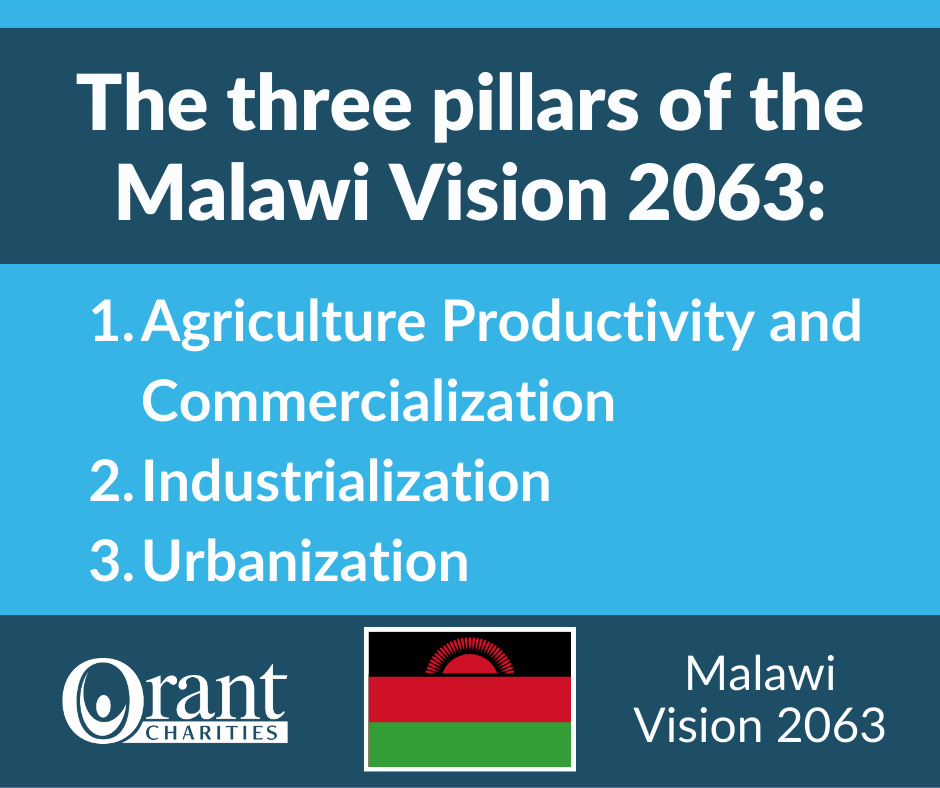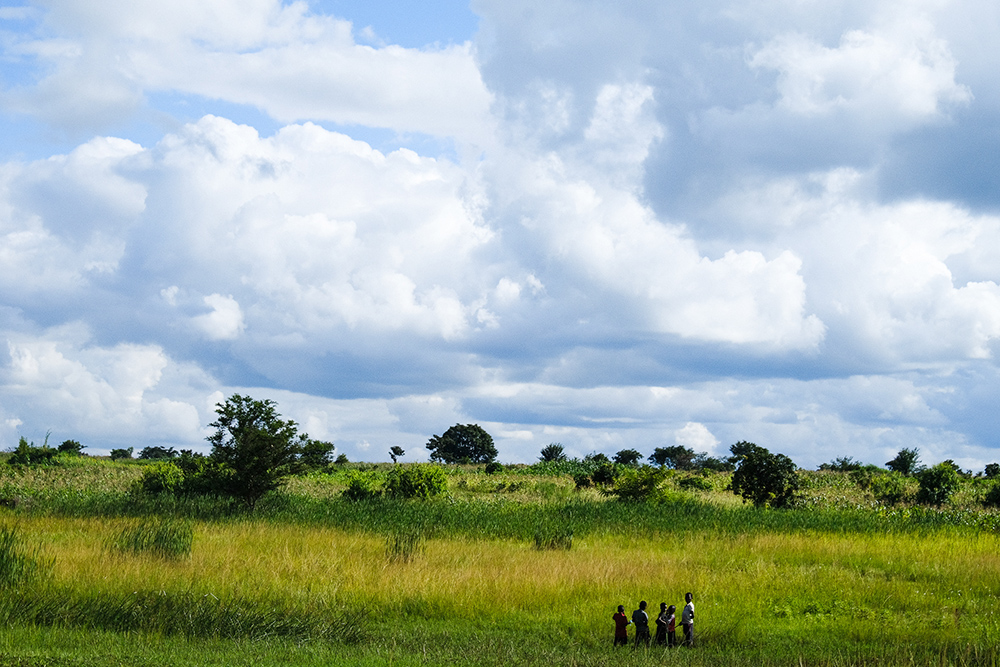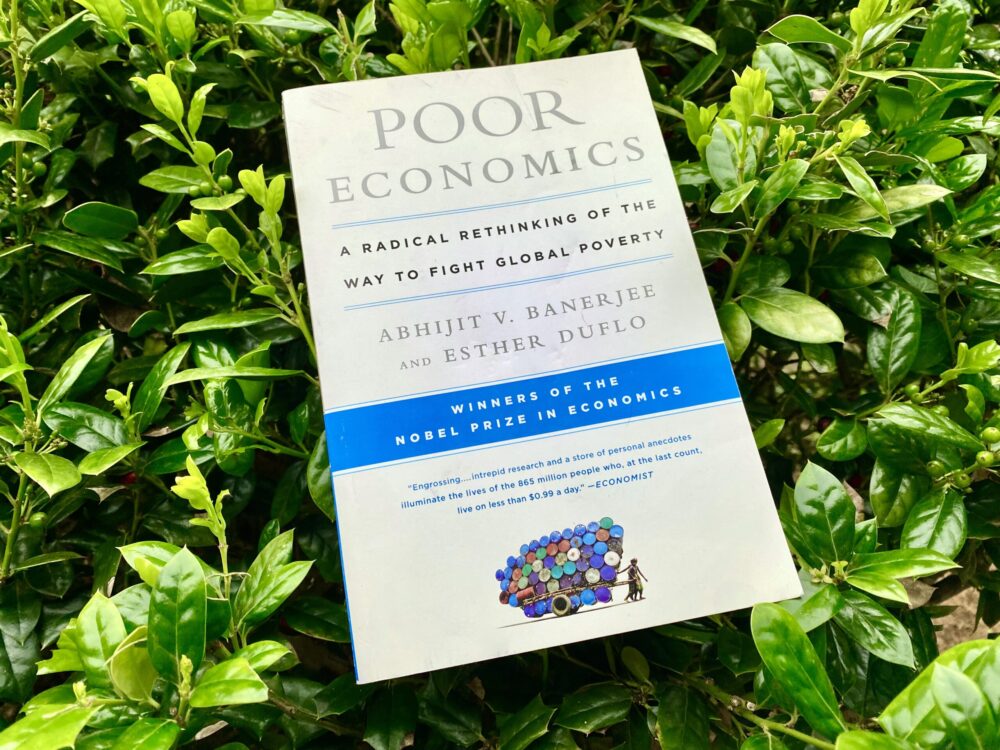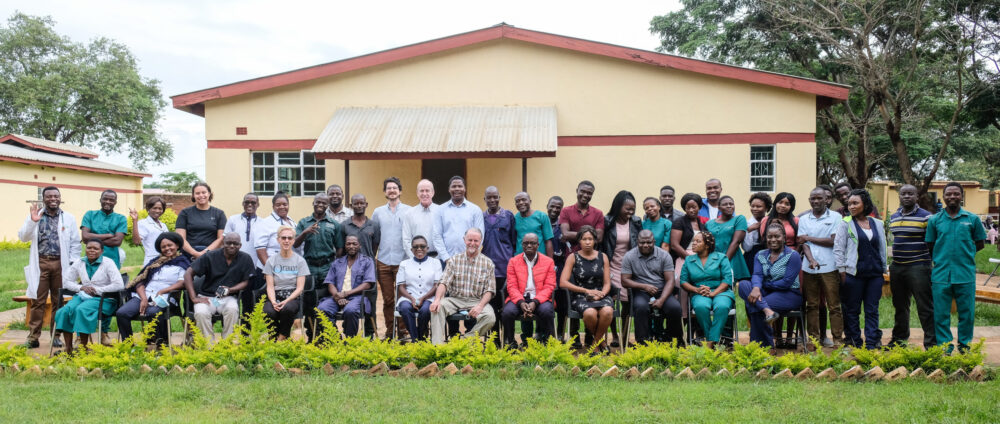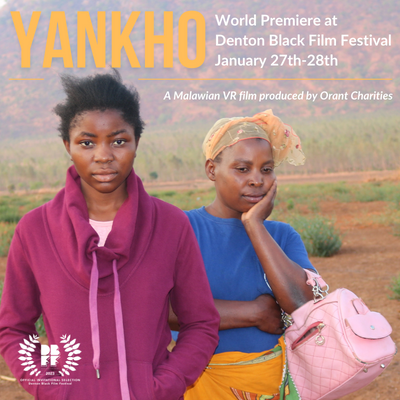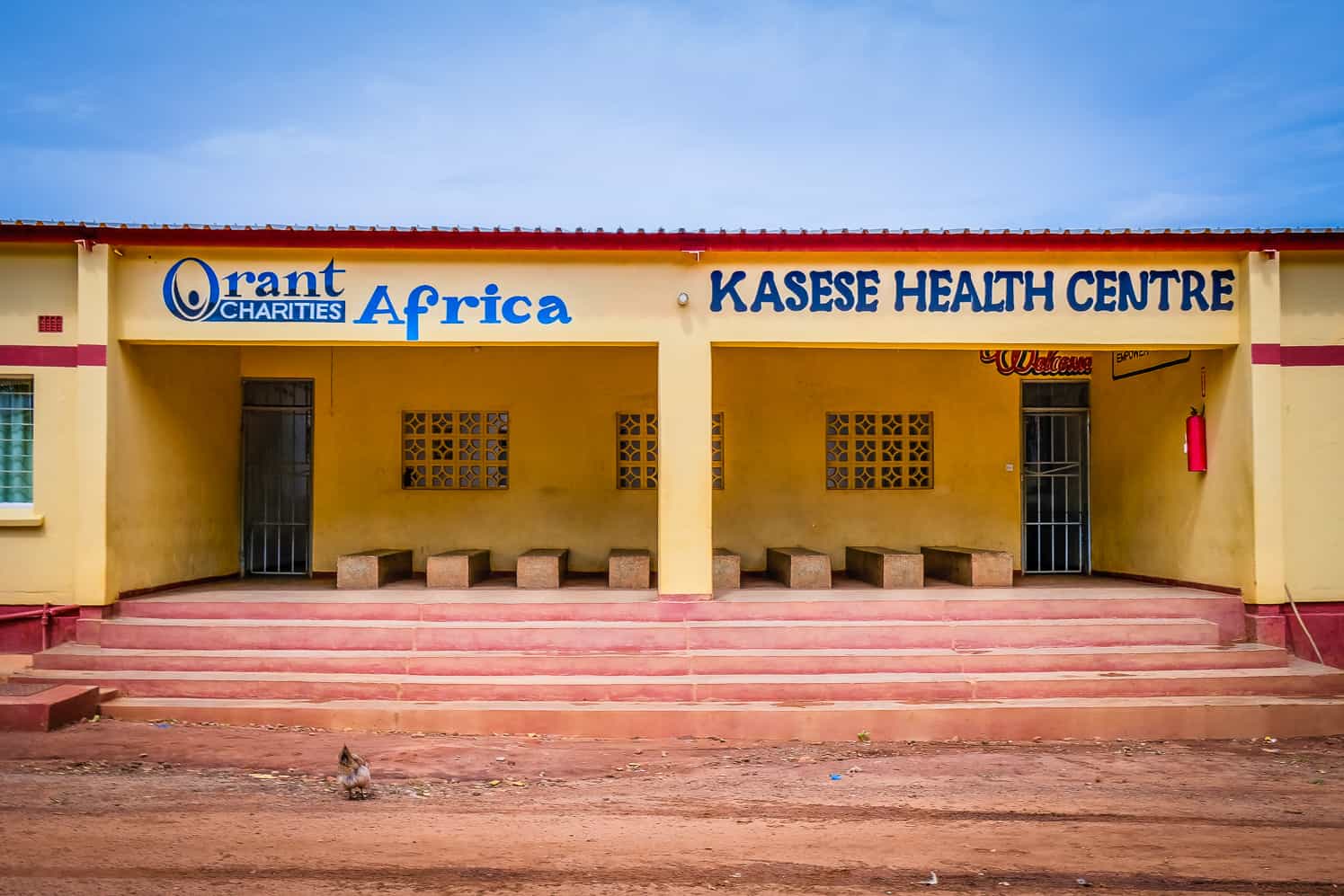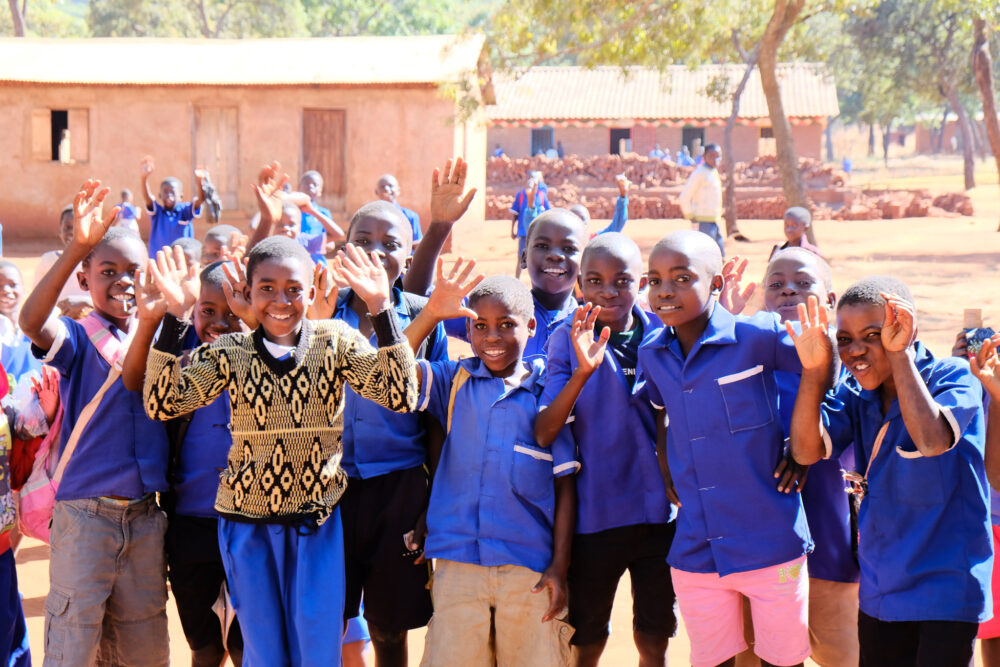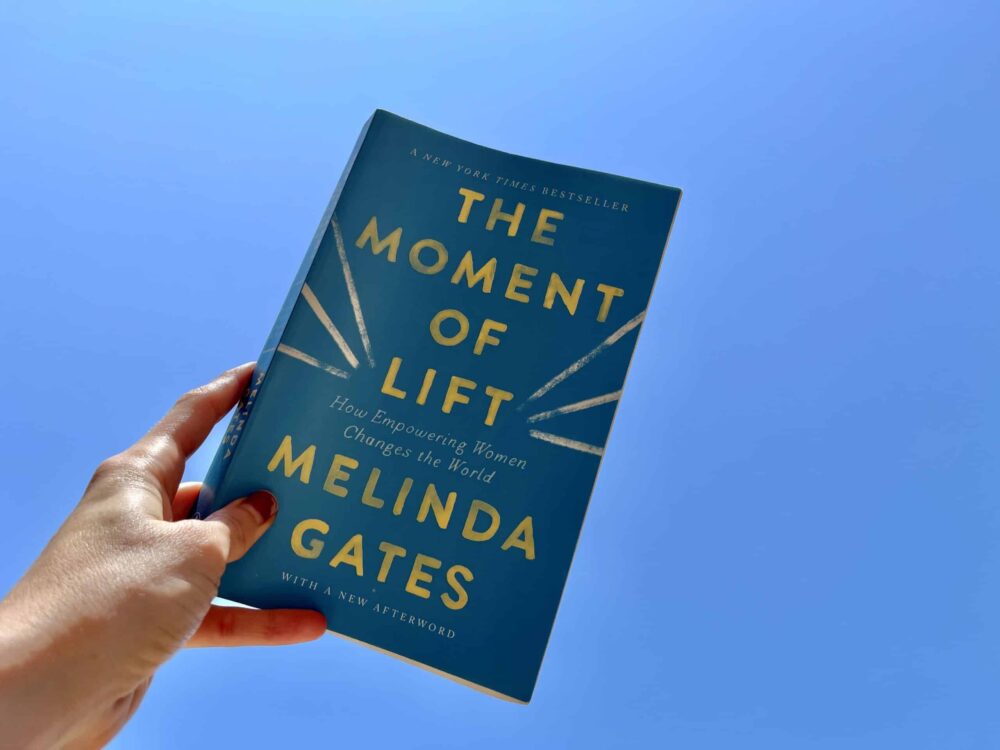How big is Malawi? How does Malawi compare to US states? Learn more here!
The Possibilities of Virtual Reality for NonProfit Organizations
An Interview with OsoBorroso Digital, Designer of Orant’s Virtual World

Today we are excited to share an interview with Ksenia Marennikova and Mauricio Lopez. Ksenia and Mauricio are partners of OsoBorroso Digital. They create augmented reality and virtual spaces for culture, events, and marketing. They are wildly talented. They speak English, Russian, and Spanish, and work from Santiago de Chile. In a generous act of service, they volunteered their talents to help Orant bring our virtual world to life. We hope you enjoy this discussion as much as we did!
What made you interested in designing a VR world for a non-profit?
In OsoBorroso Digital, we have already worked on various internal and commercial projects involving complex VR world creation. For instance, we witnessed how well they work for a music festival, a showroom, a museum hall, and a social gathering place. These experiences reassured us that VR is not just a new tech toy. It is a tool that can serve a big mission. So in 2021, we decided to use VR to help at least one charity organization reach its big goals. When we saw a calling to collaborate with Orant, we were ready to jump at the opportunity.
What has been the most exciting thing to you about Orant’s project?
When starting this project, we didn’t know much about Malawi, its people, or their daily challenges. We immersed ourselves in the country through documentaries and through VR. It’s always crucial to get the feeling of a place to recreate it digitally. Since our idea was to create a virtual Malawian village, we wanted to get as many insights as possible without traveling to the country. This research itself was fulfilling and eye-opening. Then came the challenge of translating the gathered information into a VR experience from a first-person perspective. Finally, we needed to hyper-optimize the VR world so that even a user with a poor internet connection could enter, enjoy, and interact with others. In a matter of weeks, we studied, brainstormed, and experimented around a new topic. All of that was very exciting!
What is the power of virtual reality to tell new kinds of stories?
In a famous TED talk, VR was called the ultimate empathy machine. This is the #1 reason why almost every NGO may gain from its adoption. VR is more effective than a photo or even a video in inviting a viewer to walk a mile in another person’s shoes. They say that a picture is worth a thousand words. Well, we say that virtual reality is worth a thousand pictures.
How do you envision VR’s possibilities for other NonProfit organizations like Orant?
There are various ways to use VR for good. Organizations can create social 3D worlds, like the one we’re making for Orant. These worlds can gather people and communities. Another option is 360 immersive videos, great for demonstrating real people and places. Organizations can also use VR to create interactive experiences with game mechanics and complex storytelling. There’s also a slew of visual styles and other artistic possibilities that can be powerful vehicles for conveying a message. The sky is the limit.
How might virtual reality connect people cross-culturally?
We have two answers to that. First, the beauty and the power of virtual reality is that it acts as a brilliant interpreter basically for everything. It can show the world as a blind person perceives it. It can express grief with lines and color. It can teleport you to slums of a city miles away. We can live anywhere and think in any language, yet our understanding of beauty, misery, happiness, and struggle are almost the same. Seeing them so close naturally touches us. In a VR world, the line between ‘mine’ and ‘theirs’ tends to vanish. Second, as virtual reality knows no borders, its creation often results in cross-cultural teamwork. For instance, the Orant VR Event has united three Americans, one Spaniard, one Chilean, and one Russian一working from the US, Canada, and Chile一all on behalf of the people in Malawi. If this is not a global team, we don’t know what is.
The Orant Journal
What are the Malawi Vision 2063 Pillars
Malawi Vision 2063 aims to transform Malawi into a prosperous, self-reliant, inclusively wealthy and industrialized country by the year 2063.
What is Malawi Vision 2063
Malawi Vision 2063 aims to transform Malawi into a prosperous, self-reliant, inclusively wealthy and industrialized country by the year 2063.
Poor Economics Book Review: Overcoming the Poverty Trap
In the book Poor Economics, the authors explore the idea of the poverty trap and how it affects people across the world. In this blog, we review Poor Economics and its lessons on how to break the cycle of poverty.
Creating Stability in Malawi One Year at a Time – Orant 2022 Recap
2022 Highlights at Orant Charities Africa. See what we accomplished.
Yankho: A Virtual Reality Film from the Warm Heart of Africa
In Orant's first ever Virtual Reality film, a Malawian mother’s dreams for her daughter are altered by the challenges of rural s poverty.
16 Reasons We Love Orant Charities Africa
Celebrate Orant's Sweet 16 with 16 reasons we love what we do.
Orant Healthcare Program Roadmap
The Orant Charities Africa Healthcare Program Roadmap details an extensive plan to improve care in the Dowa and Kasungu districts of Malawi.
What does mudzi mean?
Orant Charities has named its annual gala mudzi. Orant’s mudzi is the global village of people united for our common mission in Malawi.
Takeaways from The Moment of Lift
Orant Charities highlights three takeaways from reading The Moment of Lift by Melinda Gates -- how empowering women changes the world.


